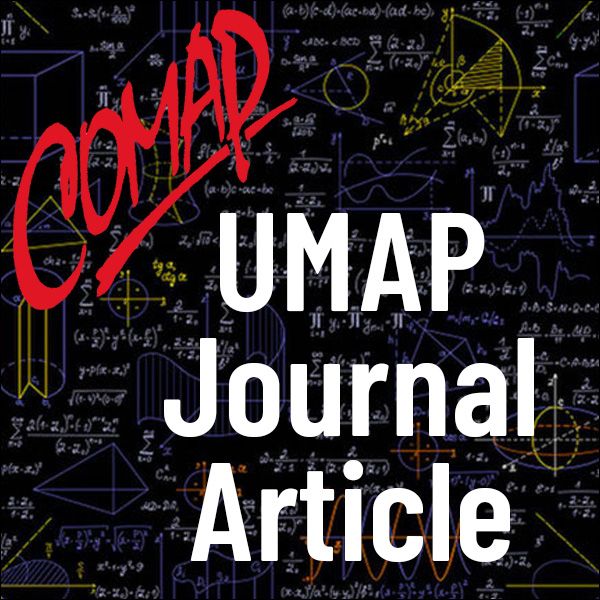Mathematical Model for a Mission to Mars (UMAP)
Author: Glenn Ledder
The United States space agency NASA is planning to send a robot vehicle to Mars. The basic mission will be similar to the moon landings of the 1960s and 1970s: The main spacecraft will orbit the planet, a Mars lander will be sent to the surface to collect samples, the lander (or possibly a smaller return vehicle carried by the lander) will return to the main spacecraft, and the main spacecraft will return to Earth. We consider a mathematical model inspired by this mission. Suppose that we are asked to design a set of lander vehicles for collecting samples on Mars and other heavenly bodies, such as one of Jupiter's moons. For convenience, we refer to the heavenly body of interest as a "planet." We consider a simple conceptual model that omits some specific details that are likely to have only a minor impact on the design. We assume that there are no forces other than gravity, that there are no fuel stages that must be shed during the launch, and that the launch is successful if and only if the launch protocol succeeds in giving the vehicle enough momentum to escape the planet's gravity. The goal of our investigation is to advise the engineers designing the return vehicle on some of the design parameters. We assume that the reader has some background in elementary differential equations; the introduction to the subject that is now common in calculus books should be sufficient. Other needed mathematical ideas, as well as the physics necessary for the derivation of the models, are contained in this article.
Table of Contents:
INTRODUCTION
BASIC CELESTIAL MECHANICS
Newton's Second Law of Motion
The Inverse Square Law of Gravitation
MOTION NEAR A PLANET
The Escape Curve
The Dimensionless Height-Velocity Curves
THE LIFTOFF MODEL
Momentum Change
Forces
The Differential Equation of Motion
The Full Model
THE RETURN VEHICLE DESIGN PROBLEM
Simplification
Scaling
THE RETURN VEHICLE DESIGN RESULTS
REFERENCES
ABOUT THE AUTHOR

Mathematics Topics:
Application Areas:
You must have a Full Membership to download this resource.
If you're already a member, login here.